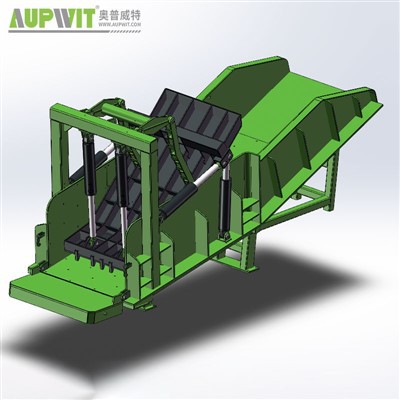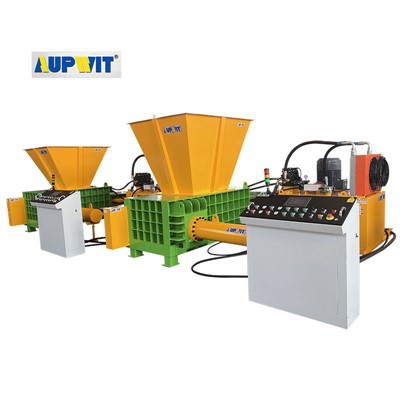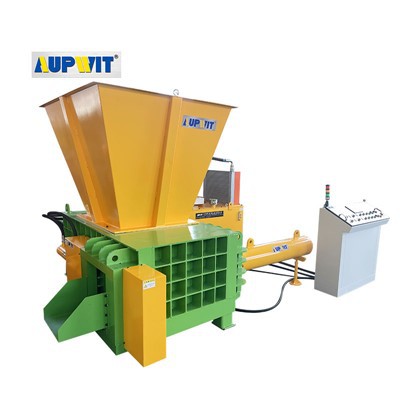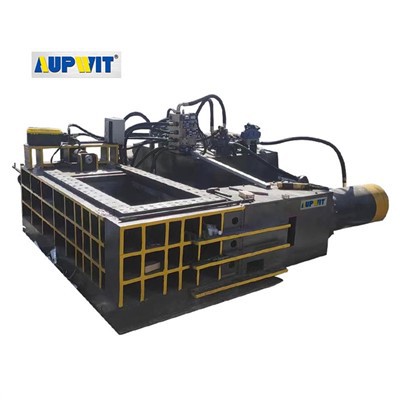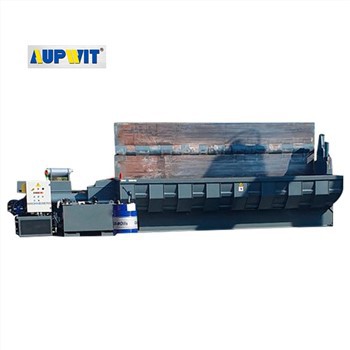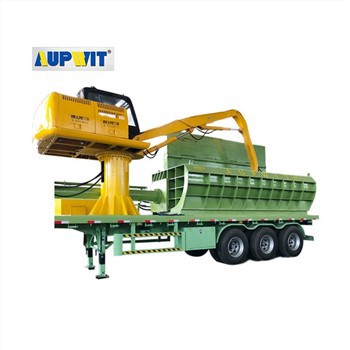Biomass Briquetting Press Output Capacity
The output capacity of a biomass briquetting press can vary significantly based on multiple factors, including the type of press, its size, the nature of the biomass material being processed, and operational conditions.
1. Types of Biomass Briquetting Presses and Their Capacities
- Small-Scale Manual or Semi-Automatic Presses: These are often used in rural or small-scale operations. They typically have a relatively low output capacity, usually ranging from 20-80 kg/hour. For instance, some basic hand-operated briquetting presses designed for individual farmers or small-scale workshops might produce around 20-30 kg/hour. They are simple in structure, easy to operate, but lack the high-speed mechanisms of larger models.
- Medium-Sized Mechanical Presses: Commonly found in small-to-medium-sized biomass fuel production plants, these presses can have an output capacity between 80-200 kg/hour. A typical mechanical biomass briquetting press with a power rating of around 10-15 kW might produce 120-150 kg/hour. They use motors and mechanical transmissions to drive the briquetting process, allowing for a more continuous and efficient operation compared to small-scale presses.
- Large-Scale Industrial Presses: In large-scale biomass energy production facilities, industrial-grade briquetting presses are used. These can have extremely high output capacities, ranging from 500 kg/hour up to several tons per hour. For example, some advanced hydraulic or high-pressure screw-type industrial briquetting presses can produce 1-5 tons of briquettes per hour. These presses are equipped with powerful motors, advanced control systems, and large-capacity feeding mechanisms to handle high-volume production.
| Press Type | Capacity Range | Typical Use Case |
|---|---|---|
| Small-Scale Manual | 20-80 kg/hour | Rural workshops, individual farmers |
| Medium Mechanical | 80-200 kg/hour | Small-to-medium production plants |
| Large Industrial | 500 kg - 5+ tons/hour | Industrial biomass energy facilities |
2. Impact of Biomass Material on Output Capacity
- Density and Particle Size: Biomass materials with a higher initial density and smaller particle sizes are generally easier to process, which can increase the output capacity. For example, finely ground wood chips or sawdust can be briquetted more quickly than large, unprocessed branches. If the biomass material has been pre-processed to an appropriate particle size (usually less than 50 mm), the press can operate more smoothly, potentially increasing the output by 10-20% compared to using un-processed or coarsely processed materials.
- Moisture Content: The ideal moisture content for biomass briquetting is typically between 10-20%. If the moisture content is within this range, the press can achieve its optimal output capacity. However, if the material is too wet (above 25%), it can cause clogging in the press, reducing the output significantly, perhaps by 30-50% or even leading to a complete shutdown of the press for cleaning. Conversely, if the material is too dry (below 8%), it may not bind properly, also affecting the output and the quality of the briquettes.
3. Operational Conditions and Output Capacity
- Feeding Rate: A consistent and well-regulated feeding rate is crucial for maintaining high output. If the feeding system can supply the biomass material to the press at a rate that matches the press's processing speed, the output capacity can be maximized. For example, a well-designed auger-type feeding system can ensure a continuous and even flow of biomass, allowing the press to operate at its rated output. Any disruptions in the feeding rate, such as blockages in the hopper or an inconsistent supply of material, can lead to a drop in output.
- Maintenance and Wear of Components: Regular maintenance of the briquetting press, especially of key components like the dies, rollers, and bearings, is essential. Worn-out dies or rollers can reduce the efficiency of the briquetting process and lower the output capacity. If the dies are not replaced in a timely manner when they show signs of wear, the output may decrease by 10-30% as the press has to work harder to shape the biomass into briquettes.
Key Consideration: To maximize output capacity, operators should ensure proper material preparation (particle size and moisture content), maintain consistent feeding rates, and perform regular equipment maintenance according to manufacturer specifications.
Note: Actual output capacities may vary based on specific equipment models, biomass types, and operating conditions. Always consult manufacturer specifications for precise capacity ratings.


